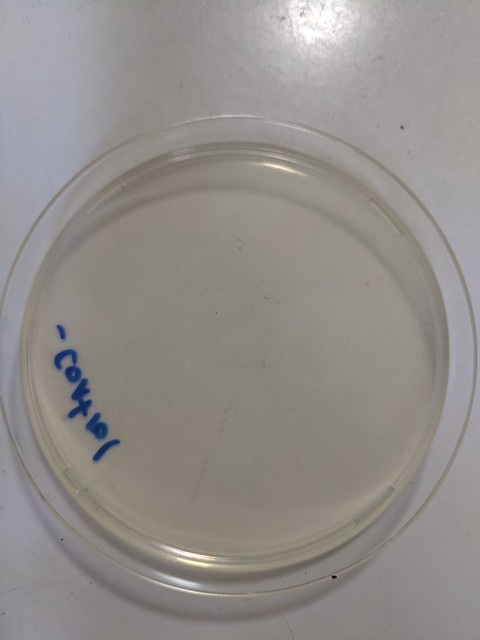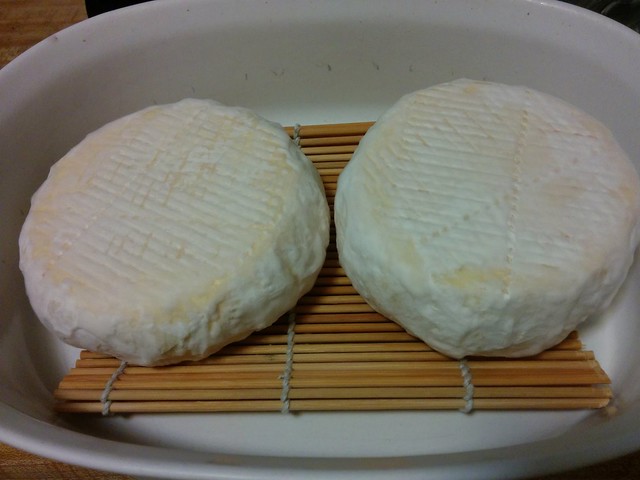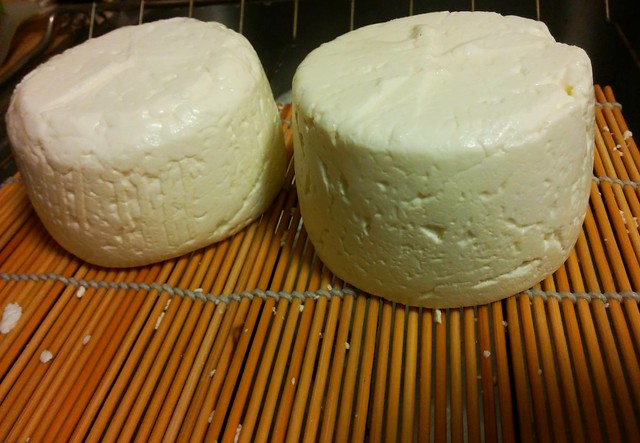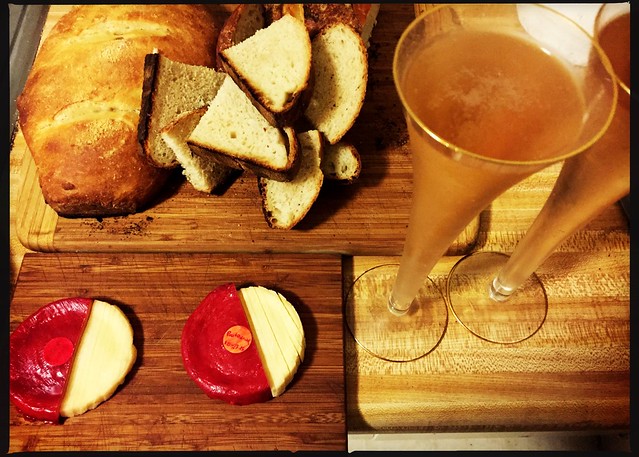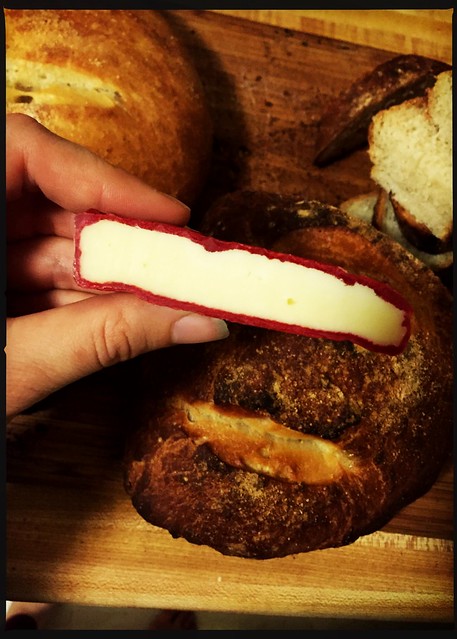I have photographed the results of swabbing yoyos onto LBA plates. Of course this wasn’t an experimentally rigorous test and we can’t tell anything quantitative from it, but still it does appear that the “hand” swabs had visibly different community than the yoyos. Given that the hands had a ton of yellow colonies, I’m going to just assume that those were mostly Micrococcus luteus, since M. luteus is commensal on skin and whenever I’ve sequenced colonies that looked like that in the past they were M. luteus (and most likely contaminants from skin).
Other notable observations were:
The hand replicates were Doc’s left and right hand. One of them seems so have had way more bacteria than another… although again our methods weren’t quantitative (I could have just so happened to have swabbed the one chunk on his hand that had all the bacteria, etc).
The negative controls did not have any growth whatsoever – so I guess my sterile technique is still pretty good.
And now, the results!
Hands (“positive control”):


Wooden yoyo:

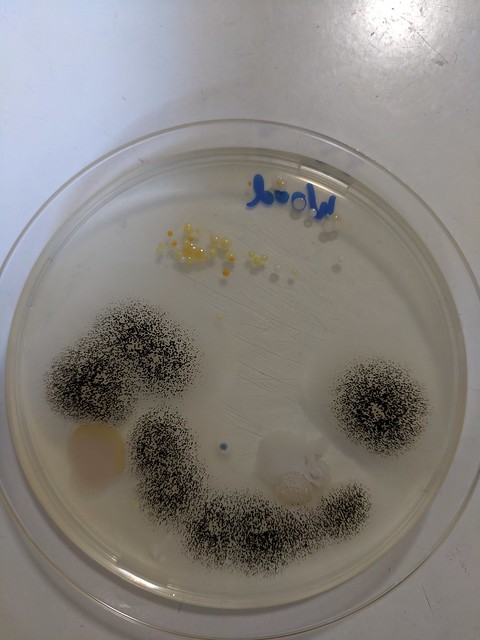
Metal (aluminum) yoyo:
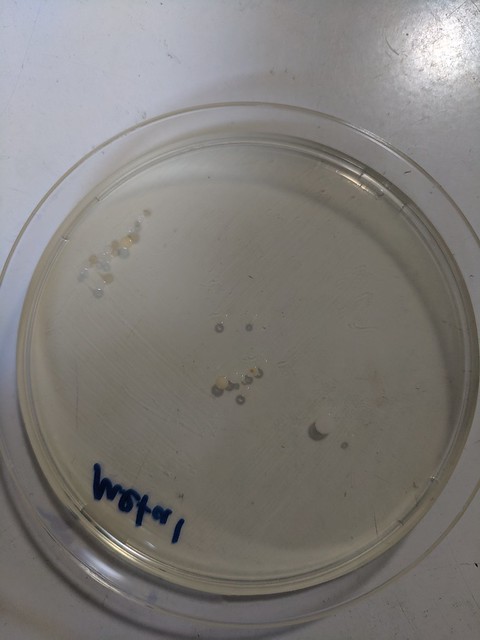
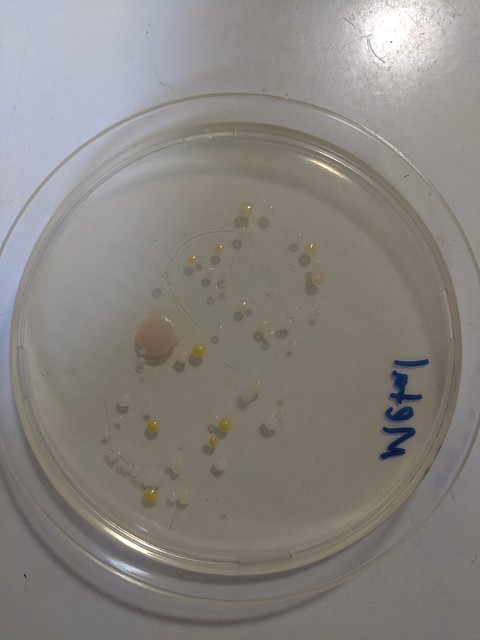
Plastic (delrin) yoyo:

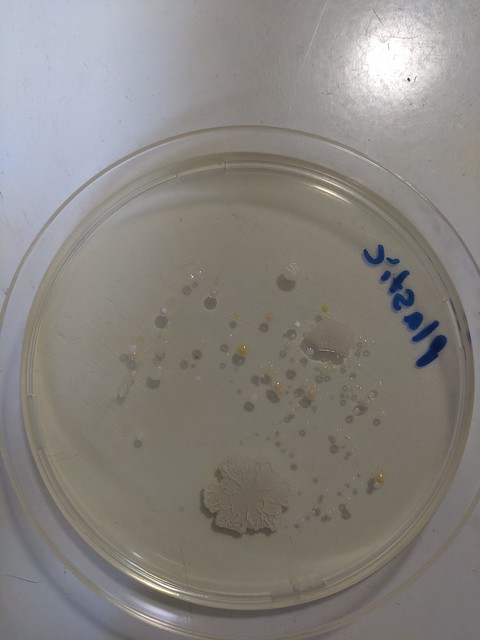
Negative Controls (the same water and swabs we were using for the rest of the swabs, but without having swabbed anything):

